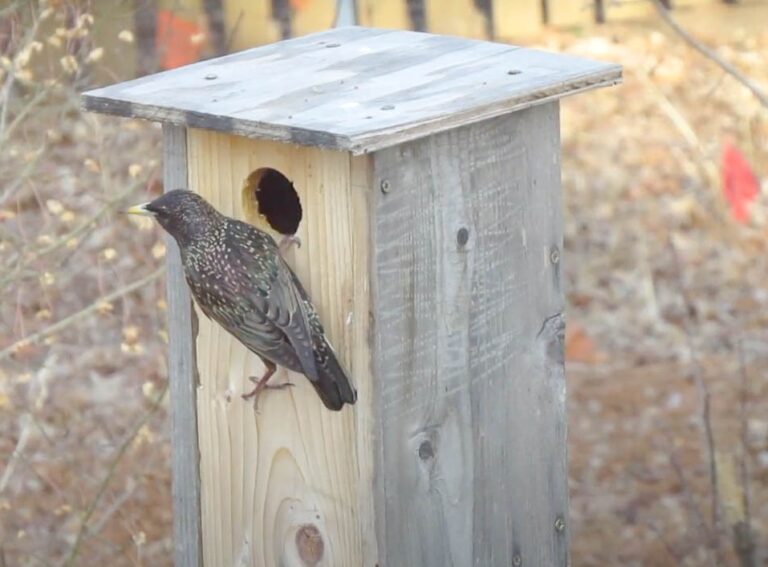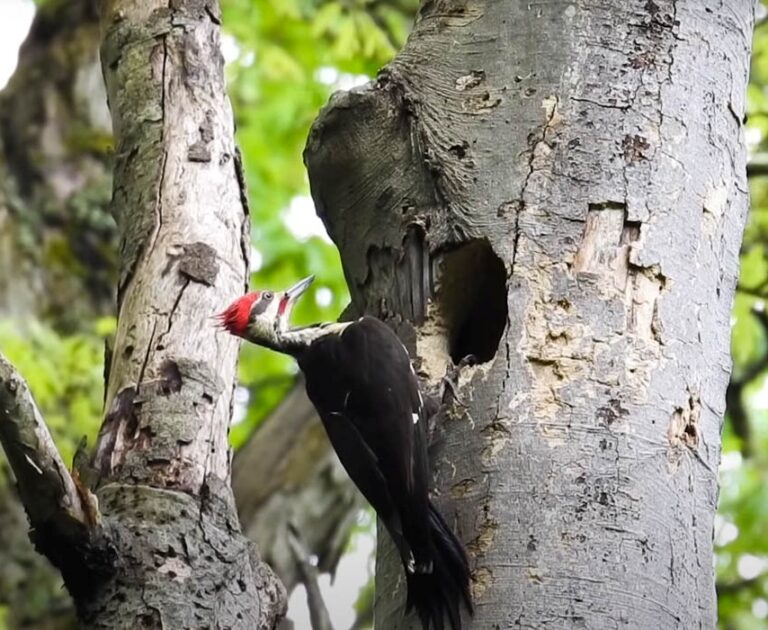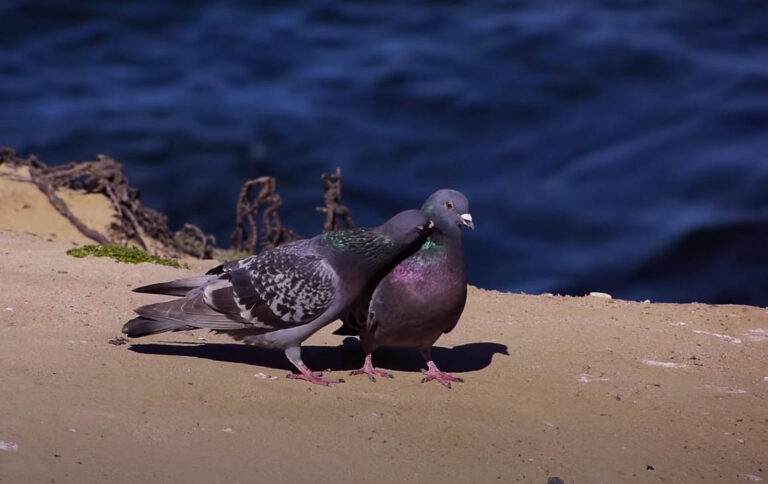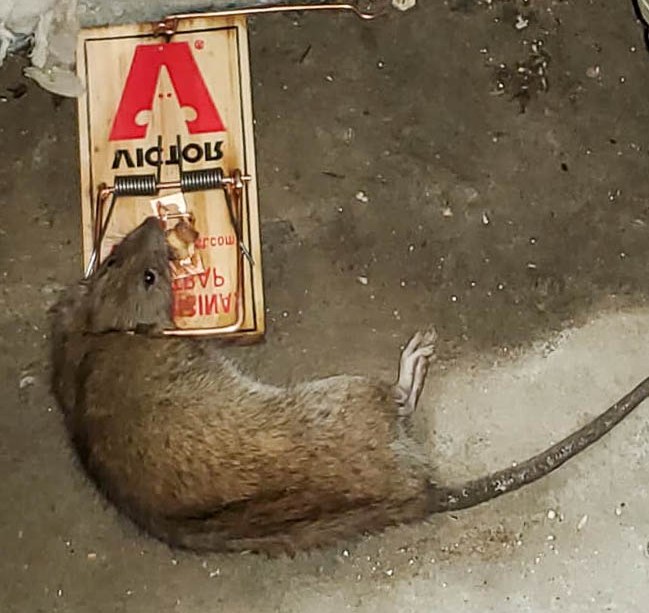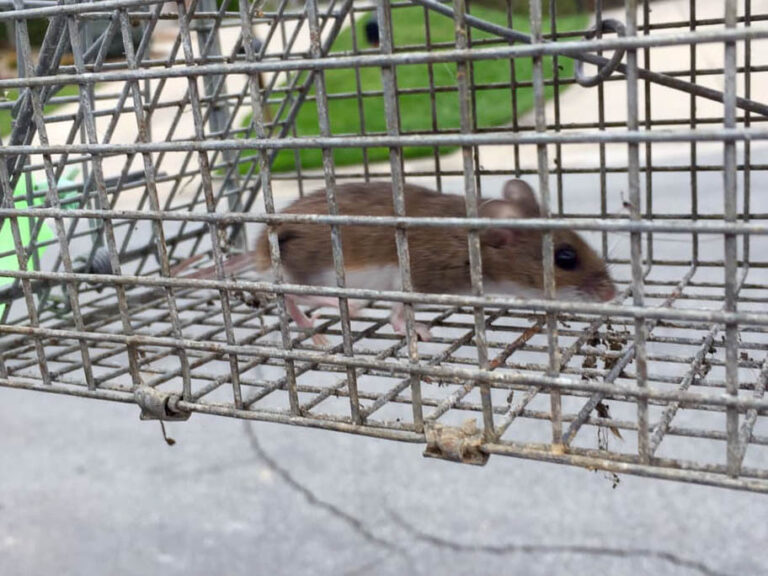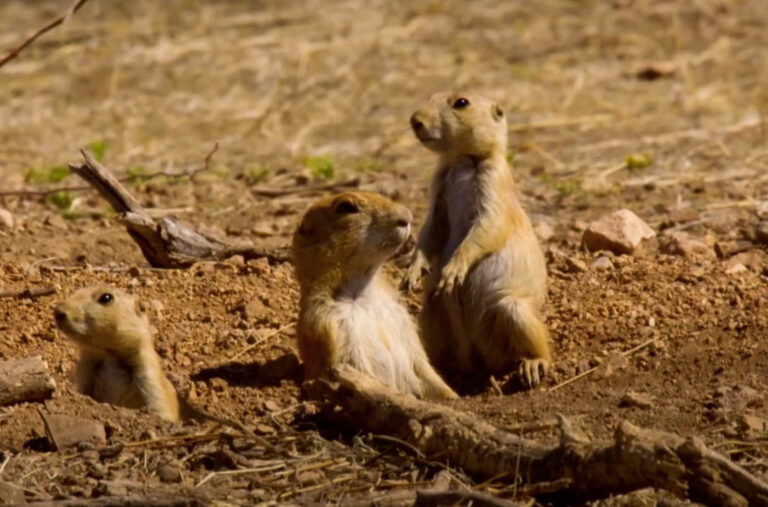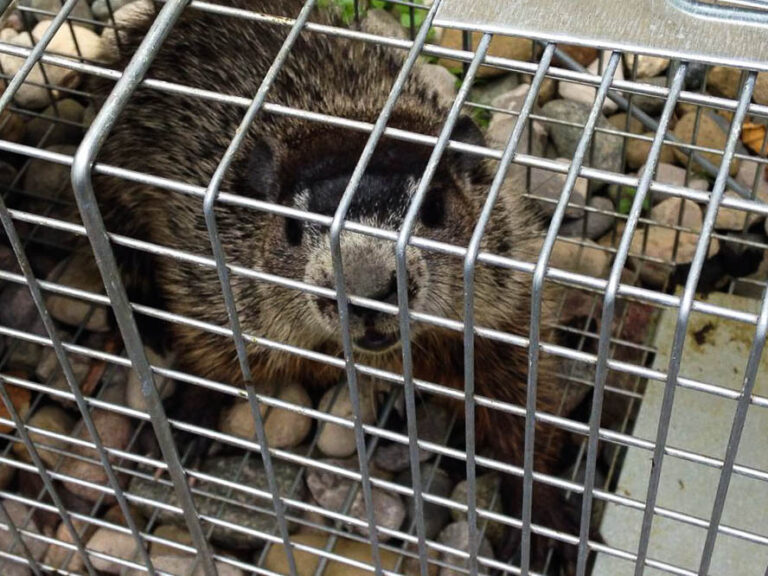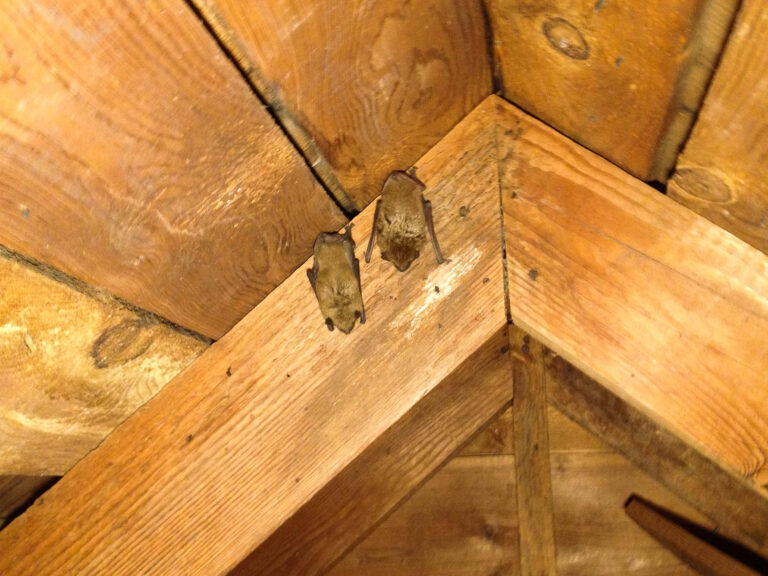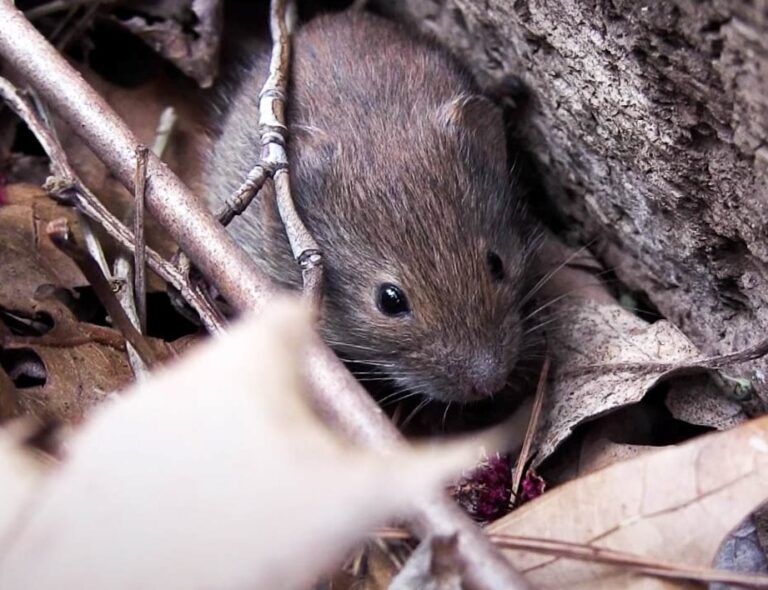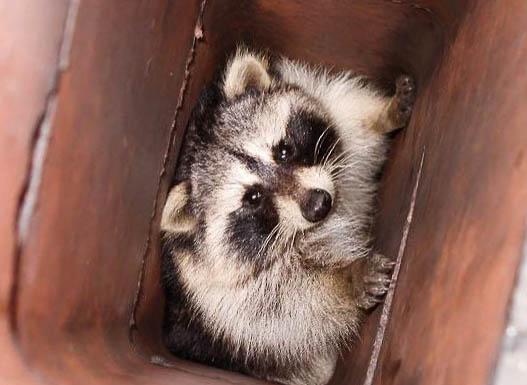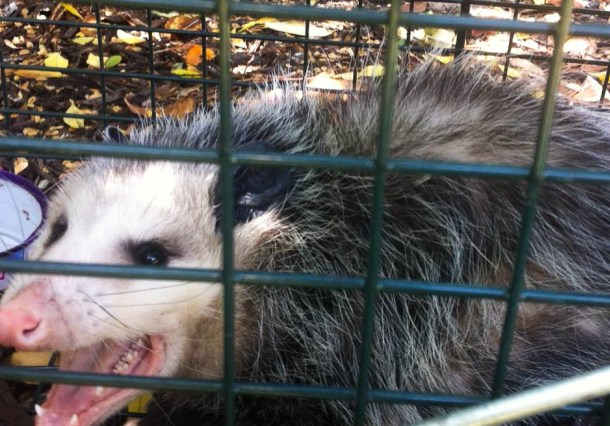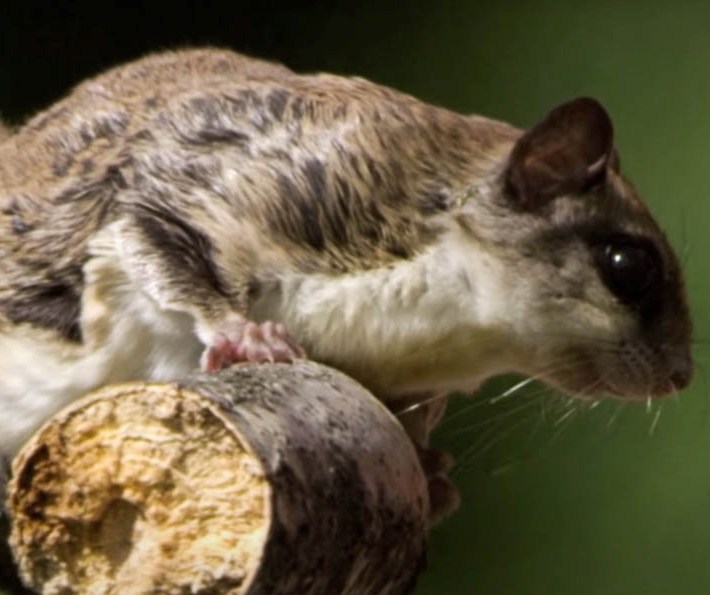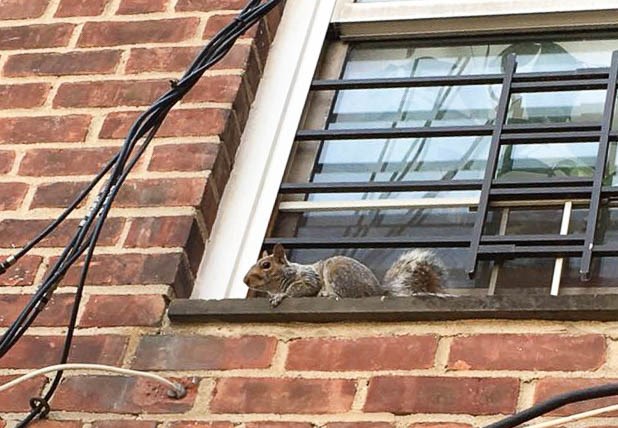About Prairie Dogs
Appearance
Prairie dogs (Cynonyms) belong to the rodent family (ground squirrels), so named for their distinct behavior of “barking”. Prairie dogs are small furry animals with black eyes, small ears, and short limbs that have long, sharp claws. They have a brownish-tan color, with lighter under-bellies with little, short tails.
Adult prairie dogs are stout-bodied rodents that grow to a length of between 30 and 40 cm (12 to 16 in) and can weigh anywhere between 0.5 and 1.5 kg (1 and 3 lbs). There are five species of these rodents; black-tailed, white-tailed, Mexican, Gunnison’s, and Utah.
Behavior
Prairie dogs are mostly herbivorous animals though they sometimes eat smaller animals and insects. Their diet can include grass, seeds, roots, fruits, buds, etc. These large rodents are also diurnal, emerging at daylight to begin their forage for food and burrowing the soil.
Prairie dogs live in large colonies/towns, which could range from a few square miles to hundreds of miles and contain between 10 -30 dog families called “coterie” or “clans”. There was once a record of a prairie dog town of over 20,000 square miles. They are also territorial and resident males of a territory tend to be antagonistic towards others.
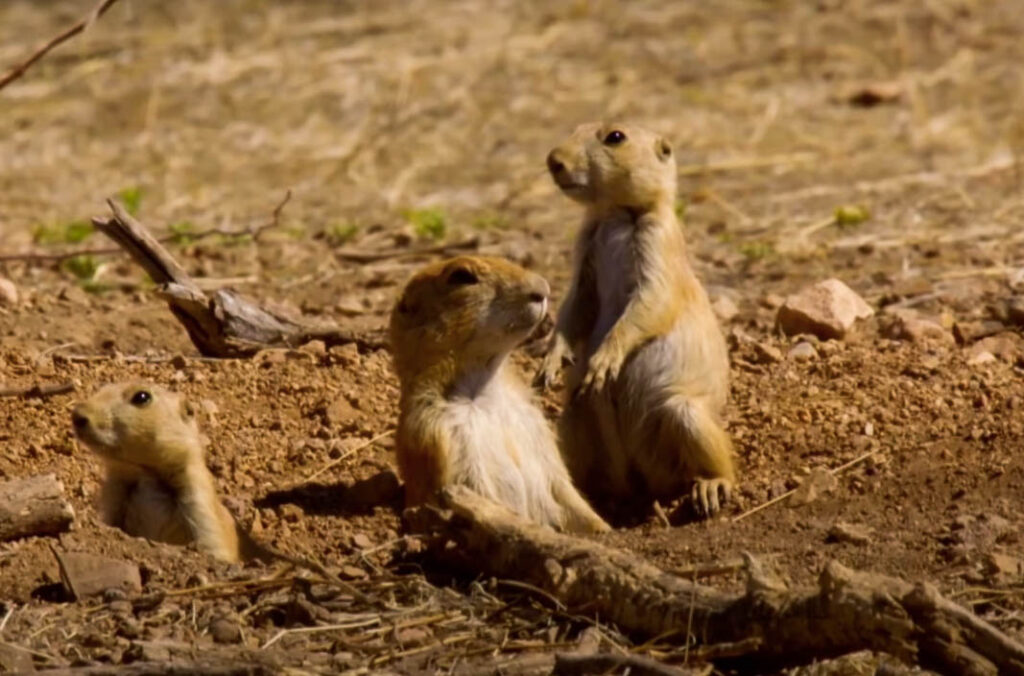
Members of a family group interact with each other through oral contact or “kissing” and grooming one another. However, they do not perform these acts with members of other families. They are polygamous, and a family will often contain one male, few females, and the offspring. The mating calls for prairie dogs can consist of 2 to 15 barks with a 3-15 second pause between each.
When a prairie dog sights a predator, it will give a special high-pitched call to the others to alert them of the danger. Prairie dogs can easily thwart predator attacks due to their dichromatic visions and their deep, complex burrows.
Life Cycle
During mating, a single male will mate with multiple females in his family group and withdraw from them sexually. Mating usually occurs in the burrow reducing the risk of competition. A female can give birth to 1 to 6 pups (avg. of 3) per litter, and mating occurs once a year. They have a pregnancy period of around 35 days.
When the young are born, the mothers nurse them underground for the first six weeks. At the end of the six weeks, the mother starts introducing them to the top of the burrow. By five months, the young are fully mature and can leave the family group to fend for themselves. However, females remain in their natal groups for life to continue the family line.
In the wild, prairie dogs can live for 3 to 5 years. In captivity, they may live up to 10 years. Prairie dogs have been subject to near annihilation by humans in the past, with a 95% reduction. Sadly, many still target them. They are also preyed upon by other animals such as coyotes, badgers, eagles, hawks, foxes, black-foot ferrets, and many others.
Habitat
Prairie dogs will dig deep burrows reaching 6 to 10 feet with lots of long tunnels and chambers. Their chambers have specific purposes like winter chambers, look-out chambers, nurseries for the young, sleeping quarters, toilets, and so on. They spend a lot of time building their dwellings, usually marked by mounds of earth heaped around the surface. These rodents live in the great plains of North American countries of Canada, Mexico, and the U.S.
Damages They Cause
These animals might seem fun and cute to watch, but the destruction they often cause makes them a menace to man. Although they rarely enter your homes, their exterior damage includes;
Repulsive sights in your yard
The holes and mounds that prairie dogs make do not look appealing to the yard. They are very skilled and relentless in digging these complex holes.
Destruction to crops and plants
Have you built an orchard on your property? Then keep these herbivores away from the area. They chew the buds, seeds, fruits, leaves, and roots of almost any fruit plant they can find. Within a short period, they can kill several plants and prune others savagely.
Destruction to underground utilities
The burrowing of these rodents can reach alarming depths and widths, and they might damage any utility buried underground like wires, cables, etc. Their holes could also create tripping hazards for humans and pets.
Landlords to other animal tenants
Prairie dogs often involuntarily give up their burrows to other dangerous animals like snakes, spiders, and more. Animals like the black widow spider and rattlesnake search for and settle in these holes.

